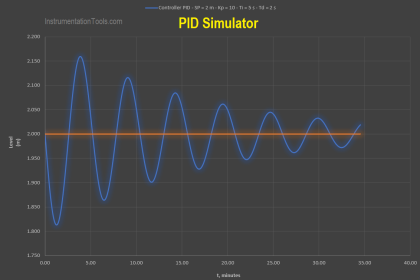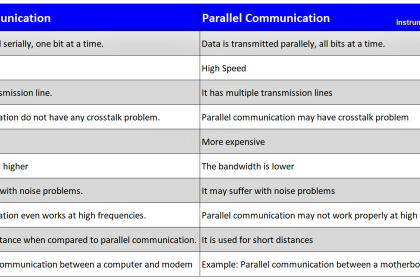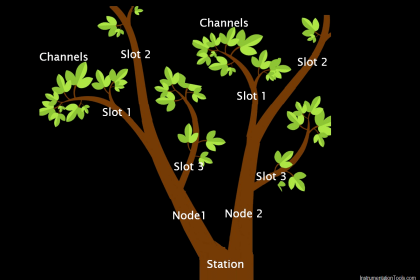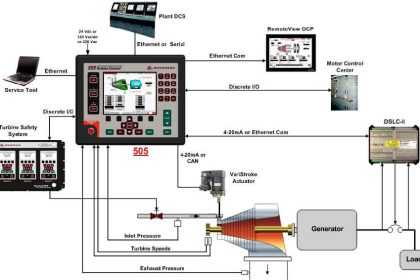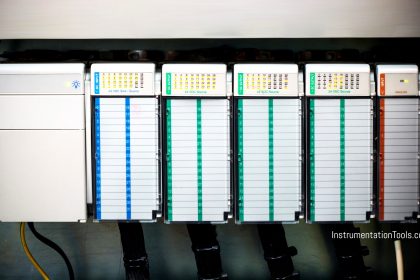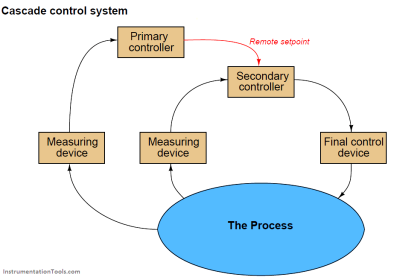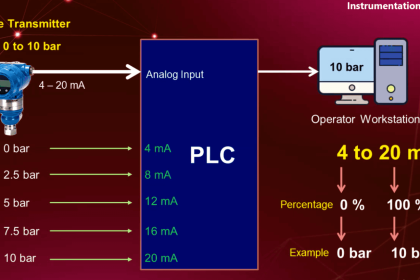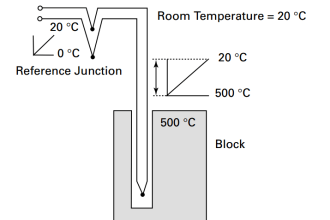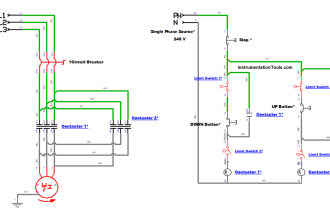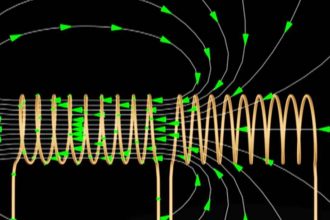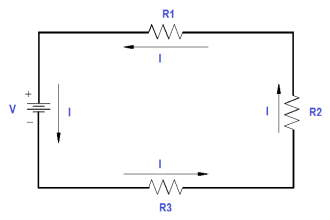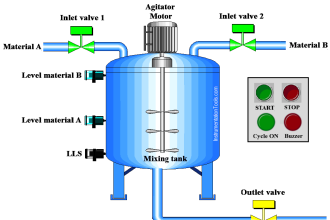Industrial automation is becoming more and more advanced nowadays. With the advent of IoT, solutions have become more expandable, reliable, and secure. But, IoT faces a major issue when it is to be implemented in an existing plant. Existing plants earlier had traditional automation systems with many non-smart field devices. And as IoT requires a smart connection, this thing becomes a little bit hectic. To address this issue, the existing automation body of NAMUR (User Association of Automation Technology in Process Industries) developed a system called NAMUR Open Architecture. In this post, we will see the concept of NAMUR Open Architecture.
What is NAMUR? Why does it matter for open architecture?
NAMUR is basically a German organization that standardizes automation and instrumentation sensor and device practices. It represents over 150+ industrial automation companies, and takes the points of all of them to develop the best solutions and create a base for all. So, it does not sell automation; instead, it focuses on providing the best recommendations, creating standard designs and guidelines to be followed for implementing automation systems. NAMUR is reputed because it has designed standards for intrinsically safe sensors, best used for hazardous environments. So, once their standard has been developed, they create a worksheet which is to be followed in the entire plant life cycle from planning to commissioning and maintenance.
Now that we are clear with what NAMUR is, let us just see why the name of NAMUR Open Architecture is. They had developed this design, thinking IoT in mind and integrating it with current automation field systems. The aim is not to disturb the existing system anyhow and to implement a smart system for integrating with IoT levels. So, this design has a motive to standardise such projects according to their levels, and bring all the automation devices of various third-party makes on a single platform. NAMUR open architecture will transmit the data from field sensors in parallel with the main primary data layer. Due to this, all the advanced diagnostics and other information from the field equipment is reached at higher IoT levels without disturbing the existing design.
How to implement NAMUR open architecture?
Refer to the image below. Let us understand the case first. We have a Siemens PLC which takes data from an existing pump, monitoring temperature and vibration. The PLC does not have connectivity to the cloud service through MQTT or OPC. But, the data from the pump is required for advanced monitoring of the plant and aiding in timely maintenance more easily. So, there arises a question as to how we can send the data from the pump sensors without affecting the current plant operation? This brings NAMUR open architecture into the picture.
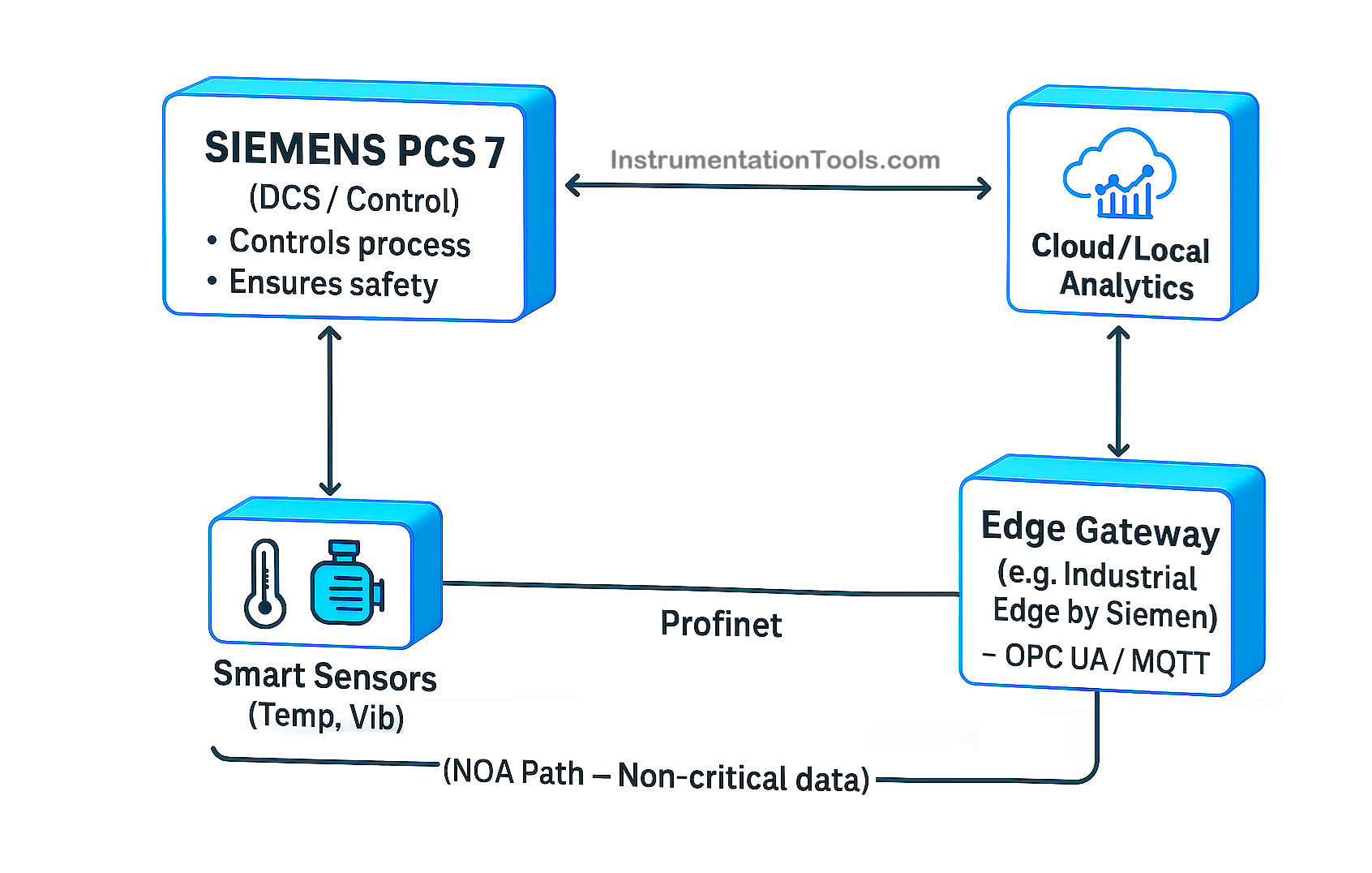
Let us understand each point step by step:
Our first core plan is to develop a parallel path with the primary path without disturbing it. With that path, we need to transmit all the non-critical data from the sensor to the cloud service. So, we first need to identify the current type of sensor used.
There are two cases: smart or non-smart. If the sensor installed is already smart and has connectivity like OPC, IO LINK, MQTT, or HART, then we can directly fetch data from that. But if the sensor is non-smart, then we need to install a parallel sensor with the connections mentioned. The sensor ideally should be contactless (like ultrasonic, AI vision, or infrared), which can then be easily set up in the existing line (suppose a water pipeline) without digging anything in the pipeline or disturbing any other contact.
Next, you need to transmit data from the sensor through OPC, IO LINK, HART, or MQTT. If there are very few sensors, then the sensor can directly connect to the cloud. But, the general practice, irrespective of the number of sensors, is to use an Edge Gateway device (can be of different makes like Siemens, Beckhoff, Belden, etc.) to connect to the cloud. It is because of the following reasons:
- Faster data processing
- Instead of sending multiple sensor data to the cloud data, a single gateway will take all the data and send the package to the cloud.
- Gateway has strong encryption and cybersecurity features, making it difficult to hack.
- Internal memory storage options are high for saving a large amount of data from the sensors, even if they are in a power-off condition.
Due to this, our purpose of sending data from the field to the cloud is now fulfilled.
In the next step, you get all the data in the IoT cloud. You can then show this data in SCADA or use it for other advanced purposes like ERP, MES, or predictive maintenance.
Now, what if you want this data in PLC without disturbing anything? Well, that is possible, but don’t use it for controlling anything, as controlling is already being done by the primary sensor. You can add rungs in the PLC program for fetching data through the existing communication protocols. And since in our case, we don’t have MQTT or OPC in PLC, the best way is to read it in SCADA first, and then transfer through the existing line, like Modbus or Ethernet, whichever is connected. So, do not touch any existing control logic or overwrite any existing variable. Create everything as new.
In this way, we will see the concept of NAMUR Open Architecture.
Read Next:
- What is a Namur Digital Input Card?
- 4-20mA Transmitter NAMUR Signal Levels
- Why we use NAMUR Output Sensor?
- What is NAMUR NE 43?
- System Architecture in Automation
